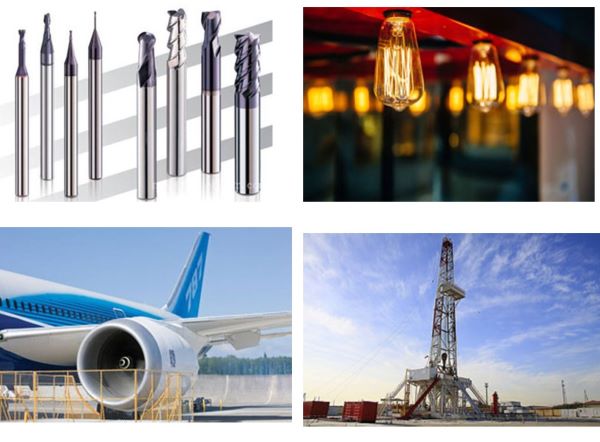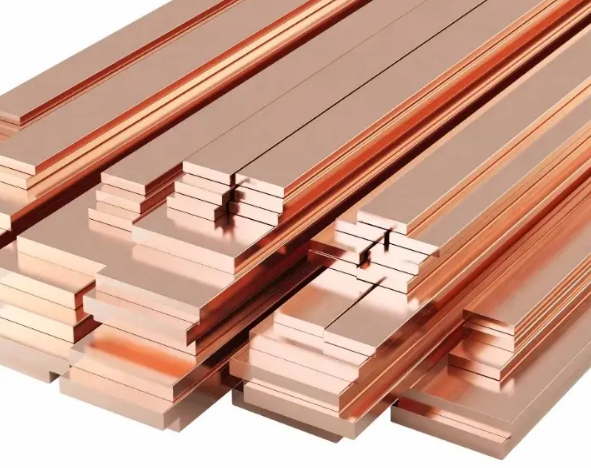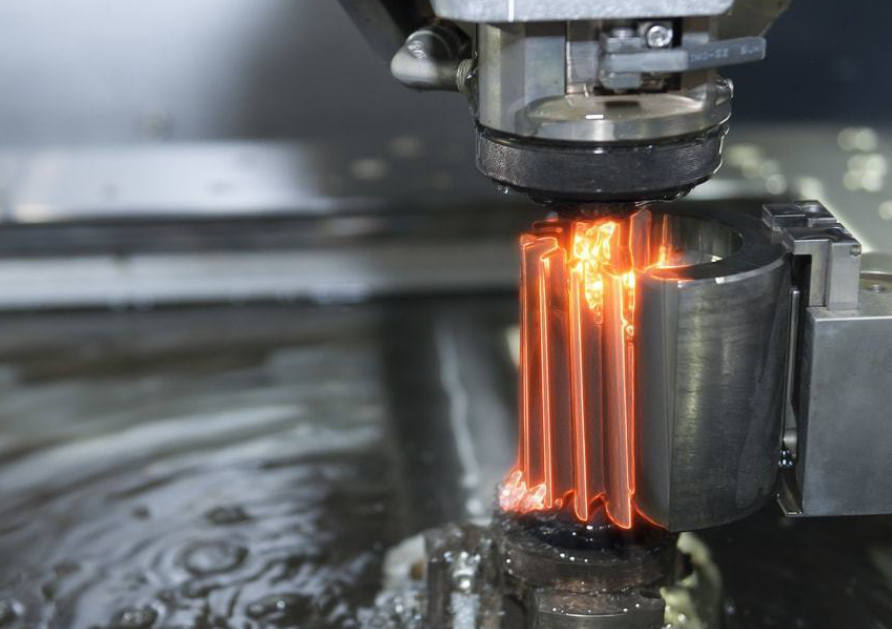Application of Tungsten in modern industry
Tungsten the Metal
Tungsten is a silvery lustrous dense hard metal with the atomic number 74. Among all chemical component tungsten has the second highest melting point, while carbon having the highest. Even tungsten has the second highest boiling point comes after the metal rhenium and it is at the 8th rank in highest density that can be comparable to uranium and gold. Unlike the metal tin, aluminium or zinc, Tungsten has a very low toxicity.
The Average abundance of the material can be found in the continental Earth crust. The metal tungsten is widely used as hard metal in the form of tungsten carbide. It is indispensable for cutting and wears surfaces purposes like wood cutting, metal machining, petroleum exploration and mineral drilling. Tungsten is also used in great demand as a special hardening agent in the segment like armaments, steels, electronic, lighting and chemical industries.
The modern technology has a wide range of applicability for the unique metal tungsten. The distinct combination of properties of the metal such as highest melting point over all other metals, great density as well as low reactivity or toxicity are unbelievable and could not be found in any other single metal.

Key Applications and Demand
The following are some major use of tungsten in different industrial sectors:
--Cutting Tools
A global consumption 61% of tungsten has been observed in the form of Cemented carbides which is regarded as the major use for tungsten. This is a ceramic which offers extreme toughness and hardness. The Cemented tungsten carbide (WC) is well suited in the creation of a variety of machine tools like cutting tools, wear parts and drill bits. The most recent and advanced application of Cemented tungsten carbide are the segments like the automotive, aerospace & defence, the oil & mineral exploration along with the construction sector.
--Steel and Superalloy
The other huge usage area of the unique metal is intended foe steels and super alloys. It contributes near about a 20% of share in 2011. A proportional mixture of tungsten in a few sorts of steels enhances their hardness, durability and corrosion resistance ability. Steels made from this type of material are useful for the purpose of making cutting or drilling tools. The tungsten-containing super alloy’s application in the area of aerospace industry and for making blades for jet engines is outstanding.
--Everyday Uses
The application of tungsten in mill products in the form of metal use has only a share of merely 11% as compared to the global consumption. The tungsten material that we use in our day to day life comes under this group. The filament in light bulbs, the ammunition and armour, application in automotive and aerospace industry, the furnace elements, in jewellery, in electronics, medical, wide nuclear applications, the sports equipment and welding electrodes are examples of application of tungsten in mill products.
--Key Industrial Applications Summary
Aerospace & Defense: Used in high-temperature components, armor-piercing ammunition, and aircraft counterweights.
Electronics: Found in light bulb filaments, electrical contacts, and semiconductors.
Mining & Construction: Tungsten carbide enhances durability in cutting tools, drills, and tunneling machines.
Automotive: Used in engine parts, turbochargers, and braking systems.
Medical: Applied in radiation shielding, surgical tools, and implants.
Energy: Essential in nuclear reactors, welding electrodes, and wind turbines.
Jewelry & Fashion: Used in scratch-resistant rings and watches.
Sports & Recreation: Found in golf clubs, darts, and hiking gear.
Stanford Advanced Materials (SAM) is a worldwide supplier of tungsten products and has over two decades of experience in the manufacture and sale of tungsten and tungsten alloys, offering high-quality tungsten products to meet customers' R&D and production needs. For more advanced materials, please check our homepage.
Further reading:



